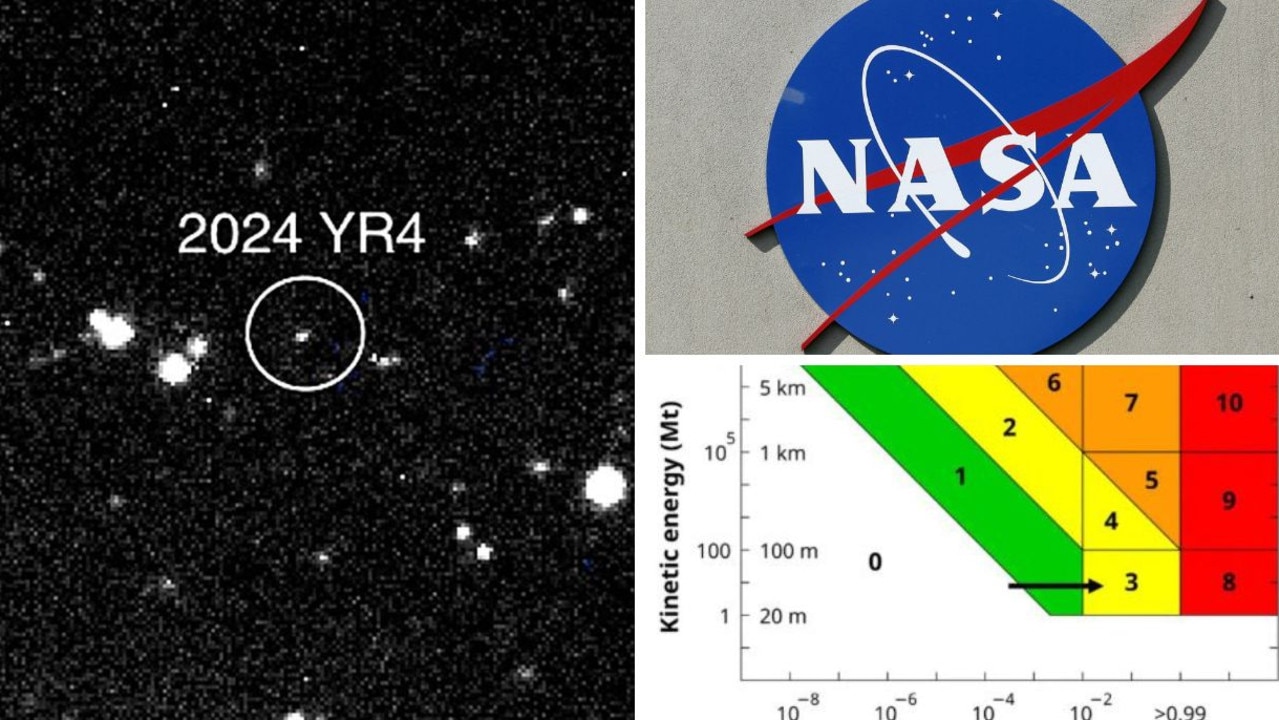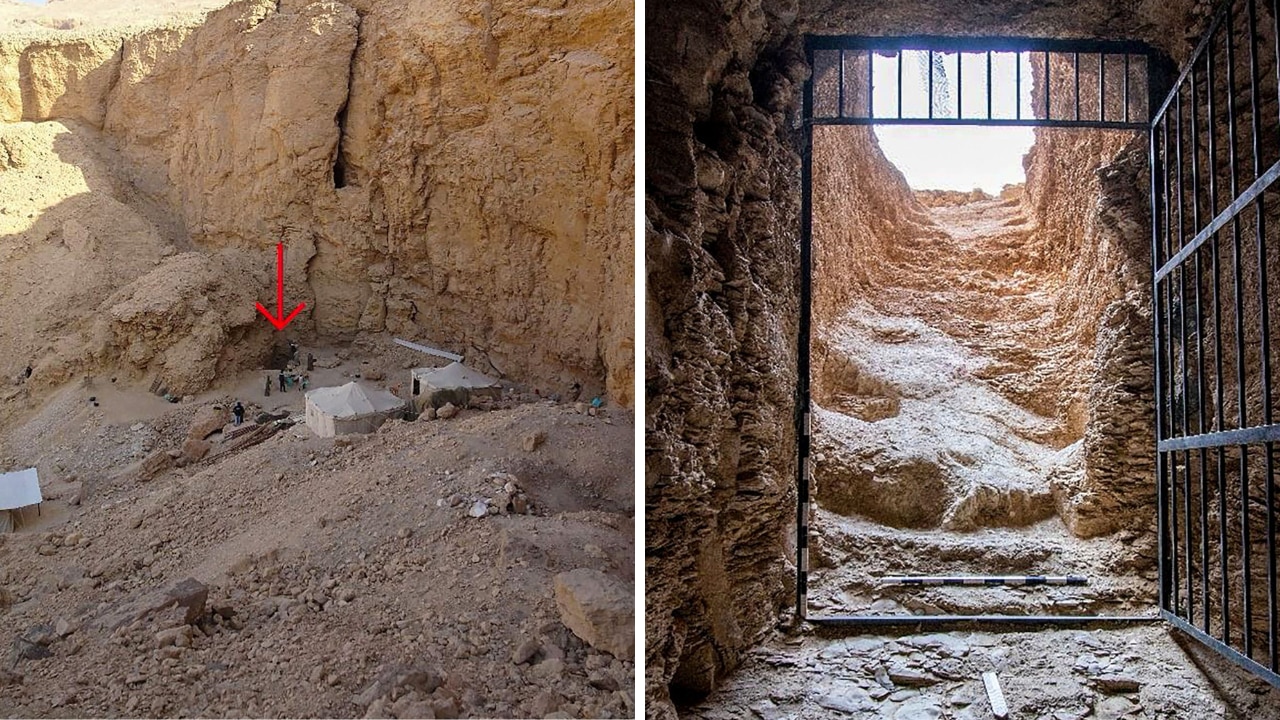Tonga eruption: Exploding island scientists can’t explain
The massive volcanic eruption was heard from vast distances and triggered tsunamis. But exactly why it was so big is still a mystery.
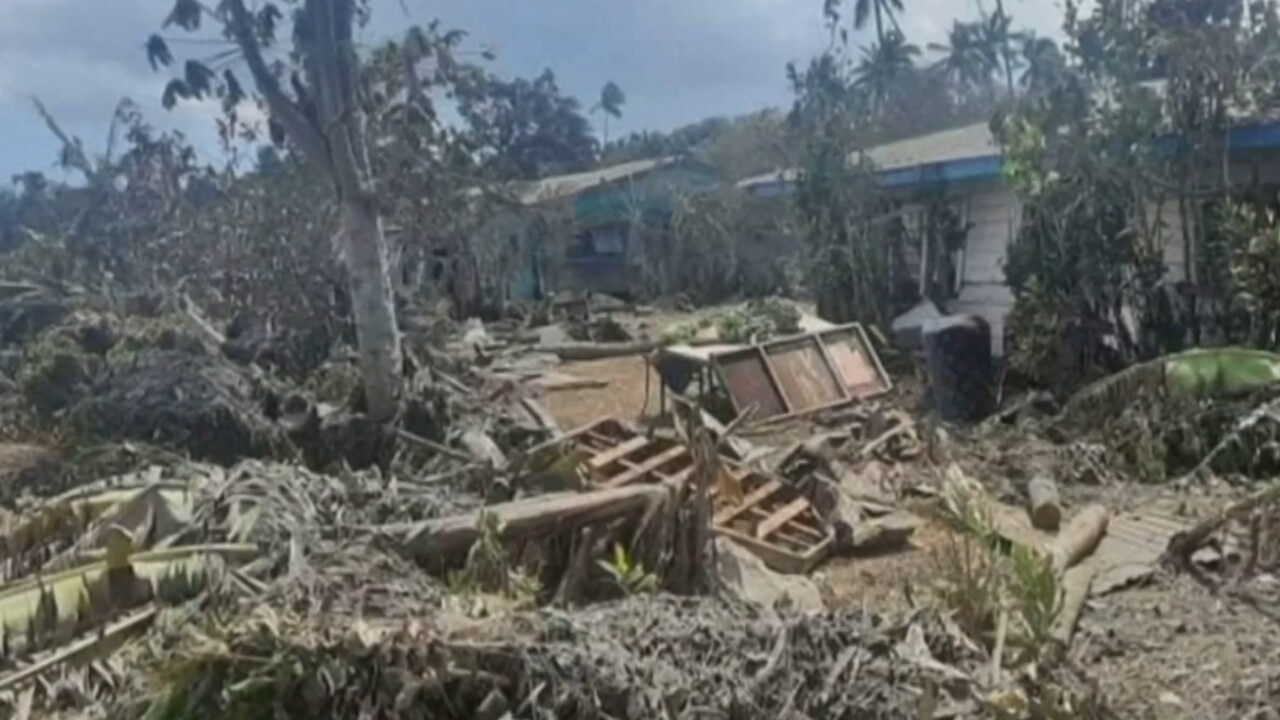
Science
Don't miss out on the headlines from Science. Followed categories will be added to My News.
The underwater volcanic eruption on Hunga Tonga-Hunga Ha’apai caused a massive explosion and triggered tsunamis on January 14.
In the process the island was virtually destroyed.
The tsunamis hit Tonga, Fiji, American Samoa, Vanuatu and New Zealand. Alerts were triggered as far away as Japan, the United States, the Russian Far East, Chile, and Peru.
In the aftermath, Vanuatu is facing an “unprecedented disaster”, with at least three people dead.
Tsunami videos out of Tonga 🇹🇴 this afternoon following the Volcano Eruption. pic.twitter.com/JTIcEdbpGe
— Jese Tuisinu (@JTuisinu) January 15, 2022
On the island of Mango, all the houses were destroyed while only two houses remain on Fonoifua island.
Tongan Prime Minster Siaosi Sovaleni said a “volcanic mushroom plume” had covered all of the country’s 170 islands.
Dramatic satellite images showed the long, rumbling eruption send a huge mushroom of smoke and ash into the air and a shockwave across the surrounding waters.
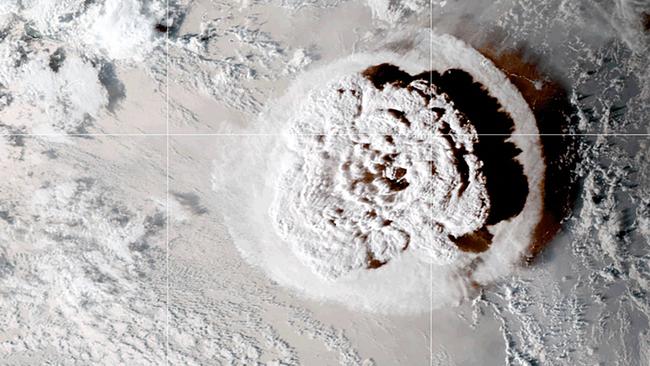
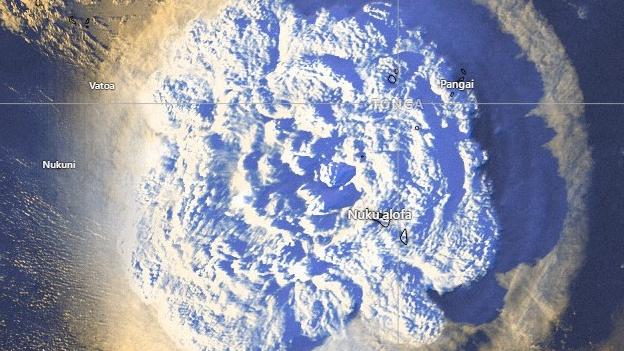
It’s though to be the biggest volcanic event since Mount Pinatubo erupted in 1991.
But the force of the explosion has left scientists baffled.
Volcanologist Dr Janine Krippner noted on Twitter that initial estimates show that the volume of magma that erupted was disproportionately small for the enormous blast that occurred.
Our amazing Earth - today's eruption of of the Hunga Tonga-Hunga Haʻapai volcano, from space. The shockwave through our atmosphere amazes me.
— Chris Hadfield (@Cmdr_Hadfield) January 15, 2022
(from https://t.co/zPzA8IWzjg) pic.twitter.com/FecfomIhnO
“We are not sure how the interaction between magma and sea water made it so big,” she wrote.
In an interview with PBS News Hour, geophysicist Michael Poland explained it was a confounding event, in that the amount of material that came out of the ground was not especially huge.
“It was perhaps the kind of thing we might see every few years from a volcano somewhere on Earth,” he said.
“But it produced an outsized explosion, really a massive explosion.
“And that has to have something to do with the interaction with ocean water, and to produce that really massive tsunami.
“So it’s having really outsized impacts for the amount of material that came out of the ground.”
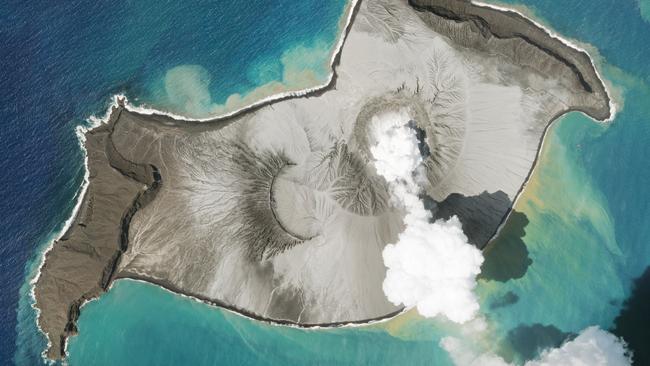
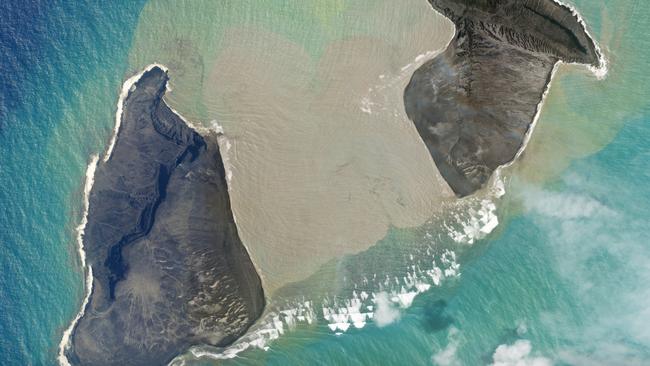
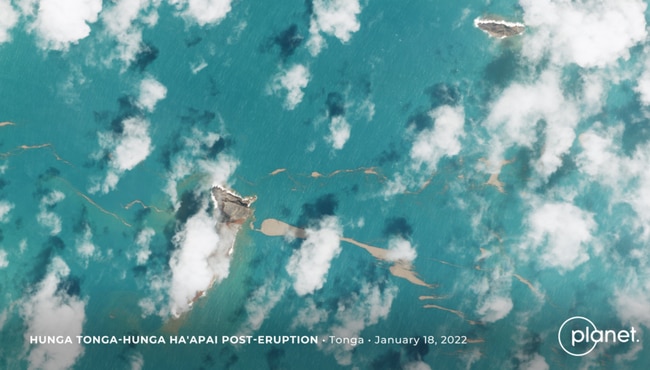
The volcano spewed out sulfur dioxide along with other gas and water vapour.
Mr Poland described the eruption as like opening a can of soft drink.
He suspects a large amount of gas-rich magma was suddenly exposed to cold ocean water and that generated the massive explosion.
“I think is going to be the subject of an awful lot of research in the days, years to come,” he said.
Follow Andrew Backhouse on Twitter
Originally published as Tonga eruption: Exploding island scientists can’t explain


